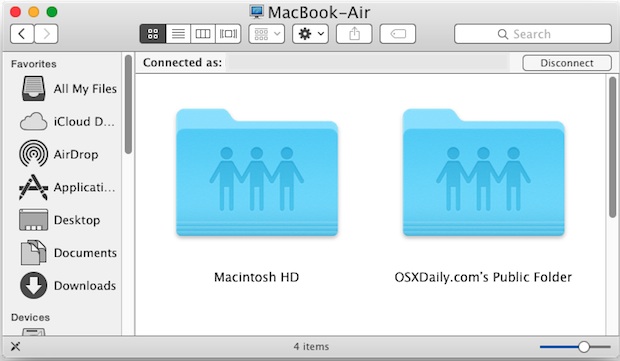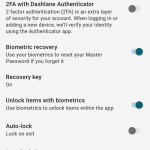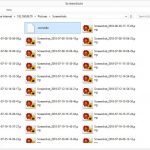To map a drive on Mac, open Finder, select “Go” and then “Connect to Server,” enter the server address and click “Connect.” Mapping drives on Mac allows easy access to network folders and servers.
It streamlines file management and makes it convenient to access and work with remote files. By understanding the process and following the steps, users can efficiently map drives on their Mac devices and enhance their workflow. This simple and effective method ensures that users can seamlessly access and manage files from various locations, thereby improving their productivity and efficiency.
Understanding the steps to map drives on a Mac is essential for anyone who regularly works with network servers and remote file storage. It ultimately enables a smooth and streamlined file management experience for Mac users.
Methods To Map A Drive On Mac
To map a drive on Mac, you can use Finder or Terminal.
1. Using Finder: Open Finder, select “Go” from the menu and choose “Connect to Server.”
2. Using Terminal: Open Terminal and type the command “mount_smbfs” followed by the server address.

Credit: www.youtube.com
Mapping A Drive Using Finder
Easily map a drive on your Mac using Finder. Access your shared network folders and files conveniently by following a few simple steps to connect and map the drive. This approach streamlines the process for quick and efficient access to your network resources on your Mac.
| Step 1: Open Finder |
| Step 2: Go to ‘Go’ |
| Step 3: Select ‘Connect to Server’ |
| Step 4: Enter the Server Address |
| Step 5: Authenticate if Required |
| Step 6: Select the Drive to Map |
| Step 7: Click ‘Connect’ |
| Step 8: Drive Mapped Successfully |
Mapping A Drive Using Terminal
In this blog post, we will guide you on how to map a drive on your Mac using Terminal. Terminal is a powerful tool that allows you to execute commands directly on your Mac.
To begin, open Terminal by navigating to Applications > Utilities > Terminal. Once Terminal is open, follow the step-by-step instructions below:
- Step 1: Open Terminal: Launch Terminal from Applications > Utilities > Terminal.
- Step 2: Determine the Drive’s IP Address: Type the command “ifconfig” in Terminal and note down the IP address of the drive you want to map.
- Step 3: Mount the Drive: Use the “mount” command in Terminal followed by the drive’s IP address and the desired mount point.
- Step 4: Provide the Login Credentials: If prompted, enter the login credentials for the drive (username and password).
- Step 5: Drive Mapped Successfully: Once you’ve completed the previous steps successfully, the drive should be mapped and accessible on your Mac.
By following these steps, you will be able to map a drive on your Mac using Terminal. Enjoy the convenience of accessing your network drives from your Mac!
:max_bytes(150000):strip_icc()/go_connecttoserver-015046850f824f41874453979f22fb61.jpg)
Credit: www.lifewire.com
Troubleshooting Mapping Issues
If you are experiencing problems mapping a drive on your Mac, it can be due to various reasons. First, ensure that the drive is accessible and the credentials you are using to connect are correct. If the drive is not being found, check the network connectivity to ensure that you are connected to the correct network. Incorrect credentials can also lead to issues when trying to map a drive. Make sure that the username and password are entered accurately. Troubleshooting these mapping issues can help you resolve any connectivity problems and successfully map a drive on your Mac.

Credit: uhlcithelp.zendesk.com
Frequently Asked Questions On How To Map Drive On Mac
How Can I Map A Drive On Mac?
To map a drive on Mac, you can use the “Connect to Server” option in the Finder menu. Enter the server address and login credentials to access the drive and map it to your Mac.
What Is The Purpose Of Mapping A Drive On Mac?
Mapping a drive on Mac allows you to access and use files and resources on another networked computer or server as if they were on your own Mac. It provides seamless access to shared resources and simplifies file management.
Can I Map A Network Drive On Mac Using A Different Protocol?
Yes, Mac supports various protocols for mapping network drives, such as AFP, SMB, and NFS. Depending on the network configuration and the server setup, you can choose the appropriate protocol to map the network drive on your Mac.
Conclusion
To sum up, mapping a drive on a Mac can be an efficient way to access and manage your files. By following these simple steps, you can easily connect to shared folders and network resources. With drive mapping, you can streamline your workflow and enhance collaboration within your team.
So, go ahead and try it out to experience the convenience it offers. Happy mapping!









